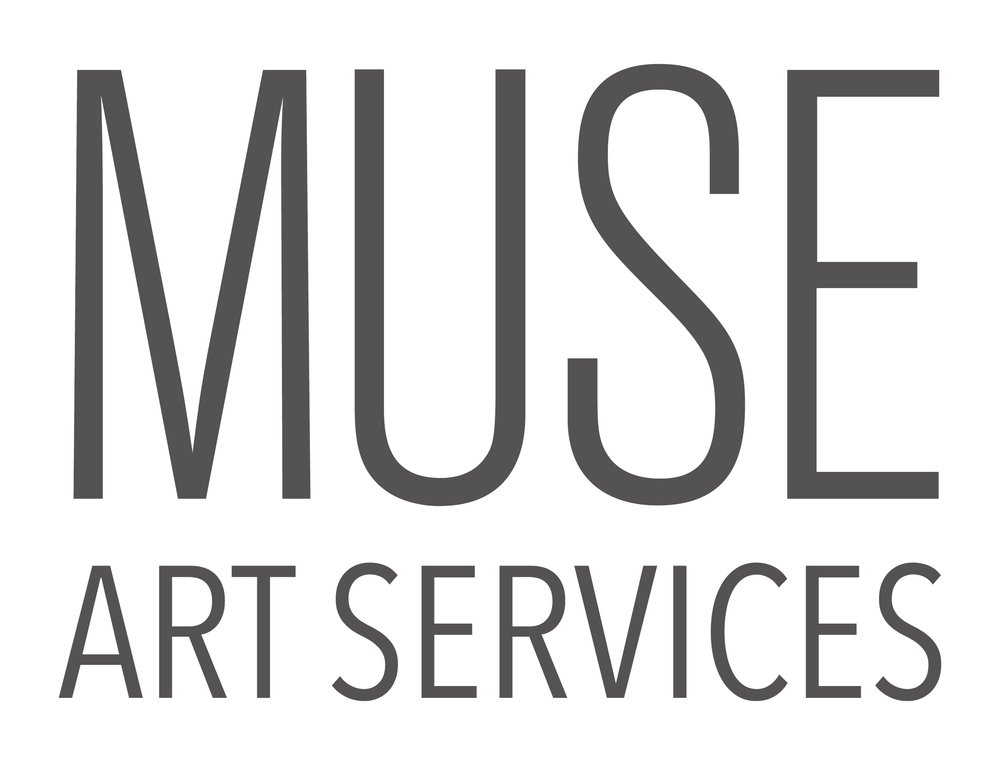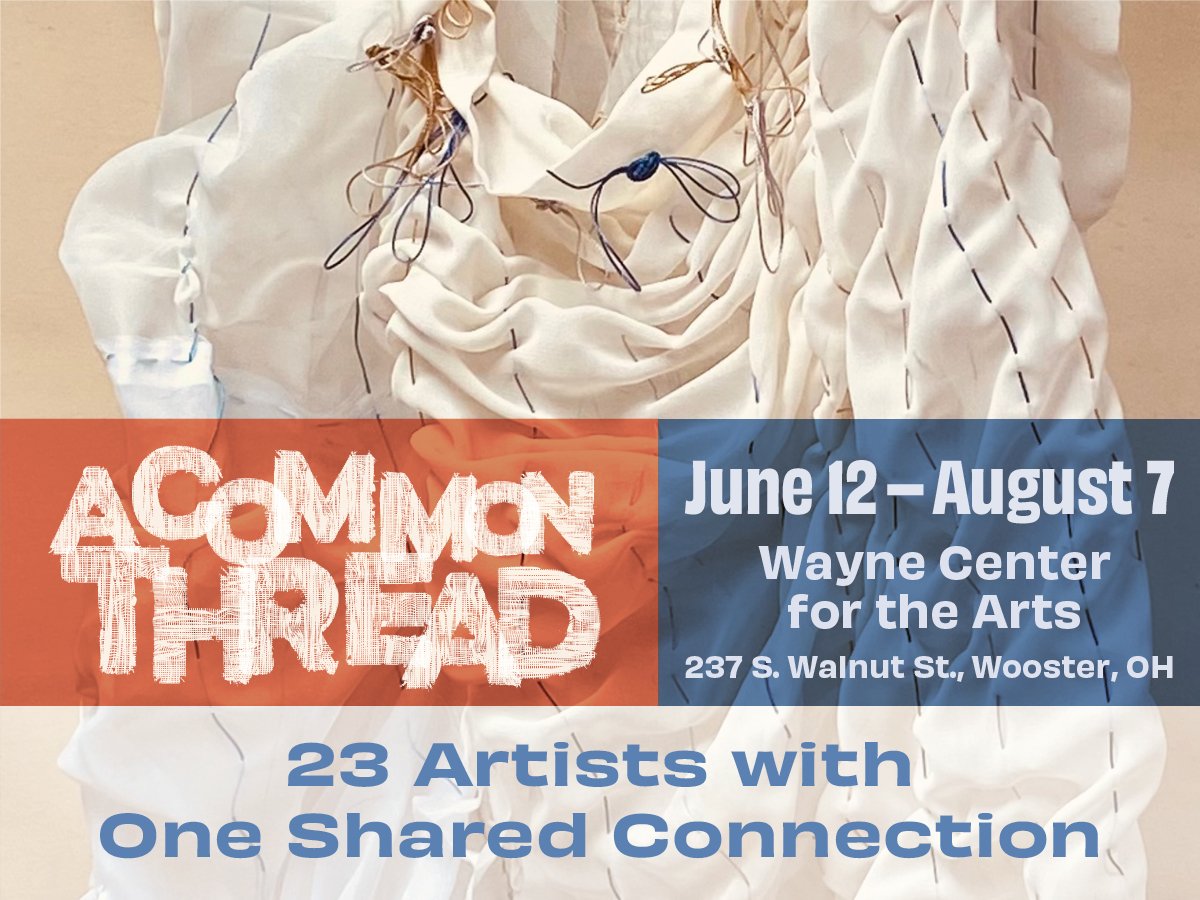Barb Vogel, a well-known Columbus artist, has created two pieces to be included in the Sue Cavanaugh tribute show. Of her pieces, she says:
Barbara Vogel, Artist Statement
I have never strayed far from themes of loss and memory in my portrait images of family and friends.
Sue Cavanaugh was a renowned fabric artist and a good friend. She started her artistic career after working at and retiring from the Ohio State University. We went to Halloween celebrations, gallery hops, and art exhibitions together. I visited her studios at 400 West Rich Street and Chromedge, and we Zoomed during the COVID pandemic and until her death in 2022. We were board members together and shared artistic endeavors including two shows at the Mansfield Arts Center. Sue died of pancreatic cancer before the final exhibition (but had completed her installation for it).
My “clickless” portraits of Sue were created using a hand-held wand scanner, an instrument designed to be used on books and flat materials. I used to think photography involved a “decisive moment,” in Henri Cartier-Bresson’s familiar phrase, when my photographer’s eye and brain signaled my hand to press the shutter and capture a person’s character. With the wand scans, which take over five seconds, a different intimacy developed between Sue (the scannee) and me (the scanner), as well as a different image. The portraits of Sue were made in her final year, but when she still had hair (before she began her cancer treatments). I printed them on silk, adding to the image’s ephemeral quality. The surrounding fabric alludes to her history and interests.
Each artist that is participating is taking a different approach to the work. Some are directly honoring Sue, some incorporating the fabric into their own designs and creations without direct consideration of how it speaks to Sue or her work, etc.




